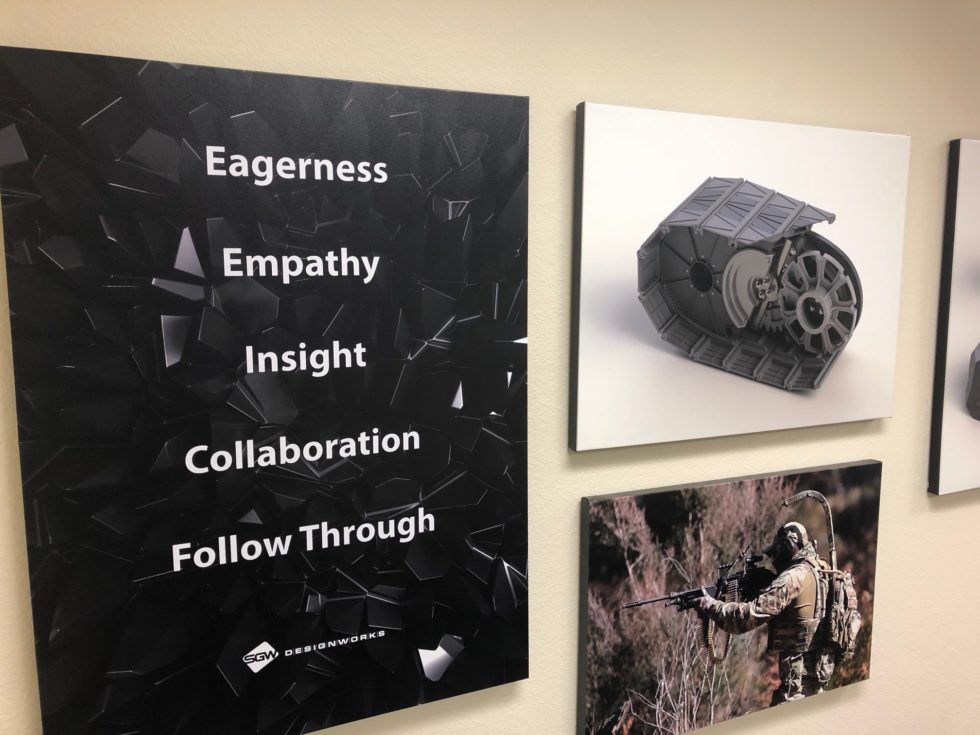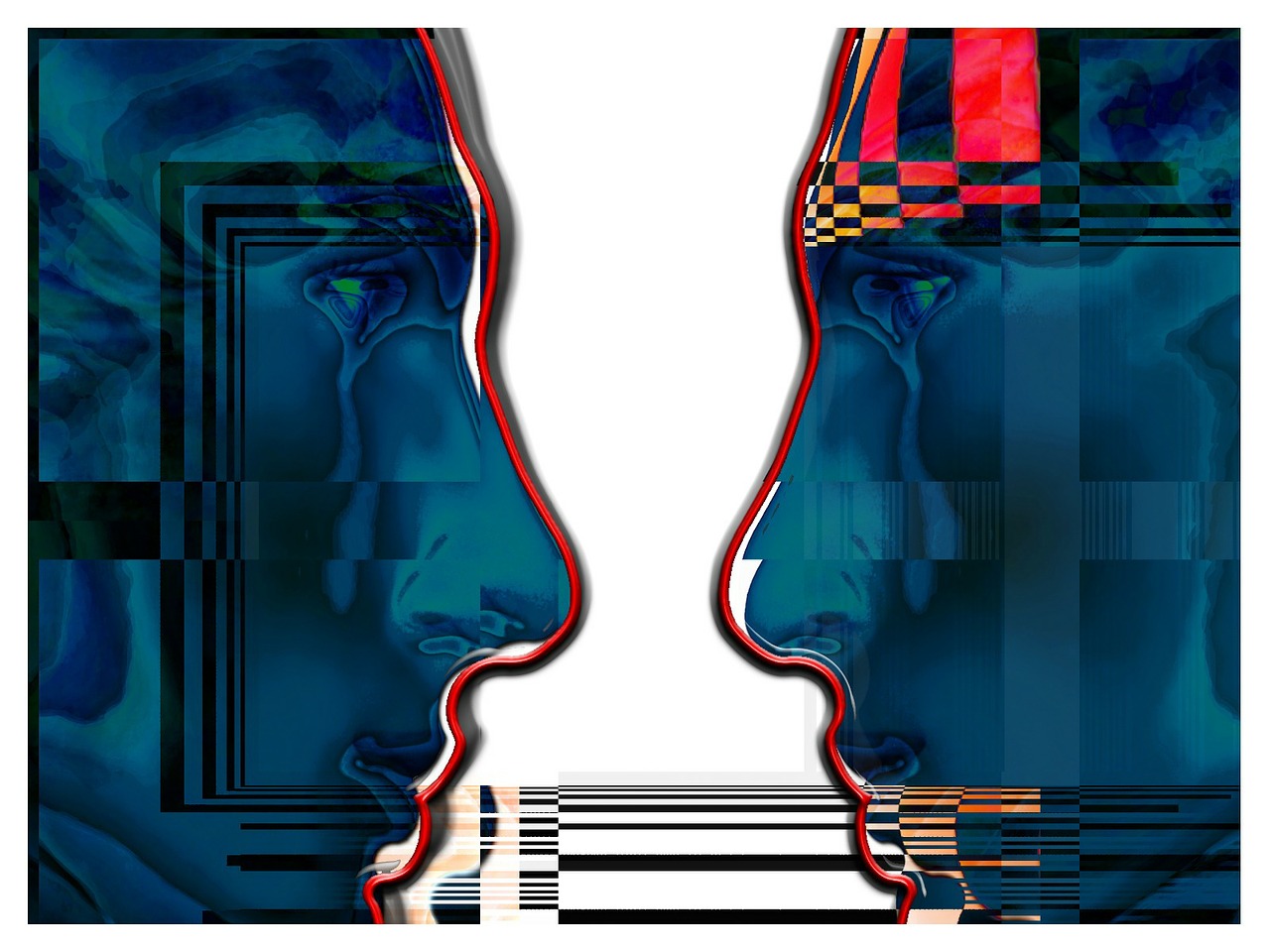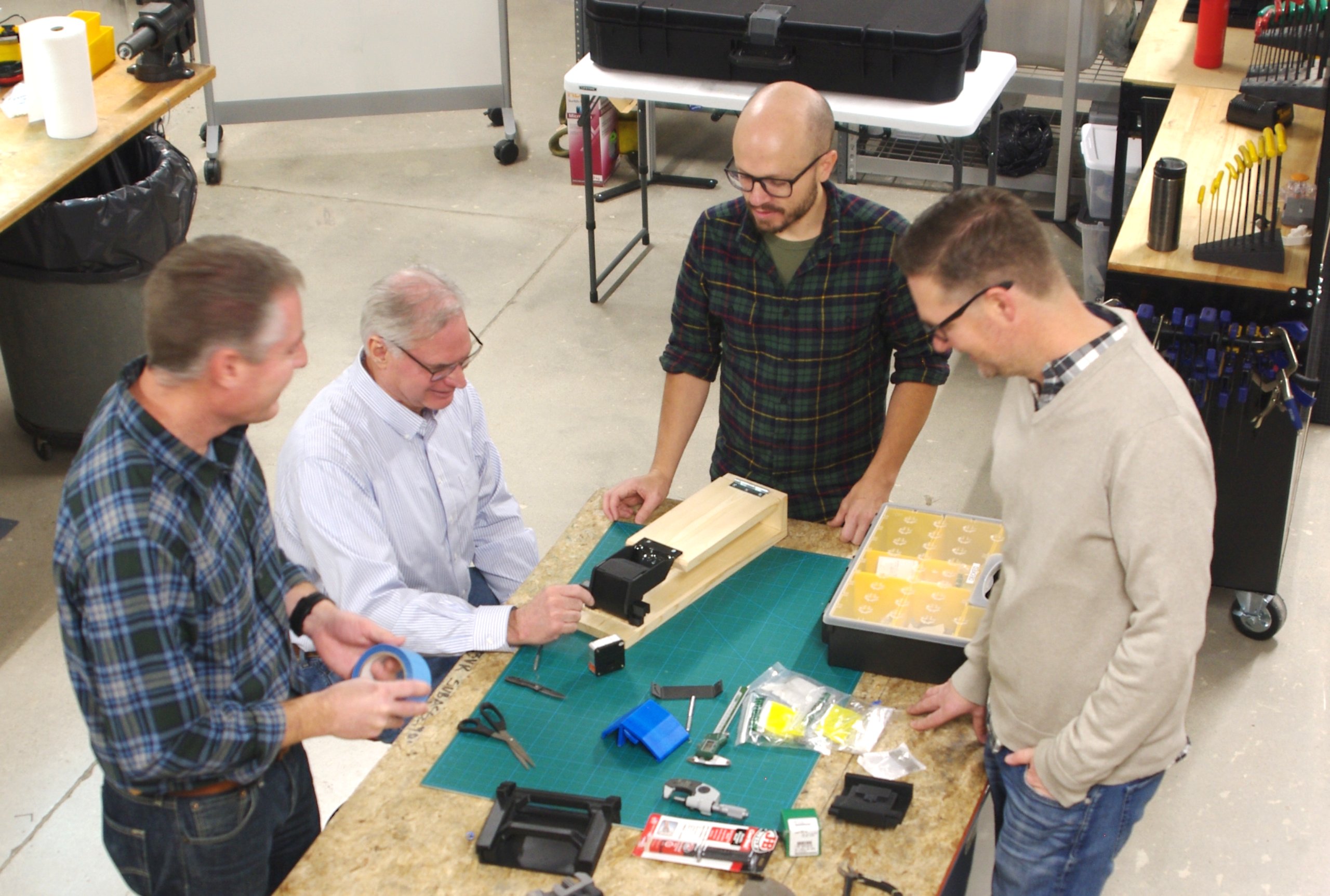“Empathy is one of our greatest tools of business that is most underused.”
—Daniel Lubetzky, CEO, Kind
When people hear the word empathy, many think of how it affects our interpersonal relationships, specifically how we relate to and connect with other humans. But empathy is also integral to our work as product designers and developers. In fact, empathy is one of our five core values at SGW Designworks — and it’s a hot topic amongst our team.

“Empathy touches all levels,” explains SGW Designworks CEO Ryan Gray. “User empathy is critical to good design. Empathy for our clients — understanding their priorities, challenges, etc. — is critical to a production business relationship. And empathy for each other on our team — understanding each other’s passions, limitations, desires, problems — is critical to acting as a production team.”
Empathy in Client Work
In the context of our client work, it’s crucial that we understand the experiences of end-users in order to develop a successful product. As designers, we try to visualize the world from their perspective and imagine their feelings. Rather than focusing on the market or on internal technology, we put ourselves in the proverbial shoes of the person who ultimately uses a product — and therefore create better solutions. (On the contrary, a lack of empathy can sometimes mean product failure.)
Empathic product design is seen in many of the items we use every day — in the shapes and rounded corners of our mobile devices, the shape of our office chair, or the rubber grips on various kitchen utensils.
At SGW Designworks, empathic product design is required for nearly every one of our projects, whether its end-user is a consumer using a product in their own home for just a few minutes at a time or a worker operating a large piece of equipment for several hours a day.
Empathic Design: A Product Example
Take the TISABAS™, for instance. This product, developed for Ramper Innovations, was intended to eliminate baggage handler injuries caused by manipulating and adjusting heavy luggage within the confined space of an aircraft. Not only would it need to be lightweight enough to be moved by one person, the TISABAS™ would also need to be designed with other aspects of its users’ safety in mind — like eliminating pinch points.
By focusing on these objectives and cultivating empathy early in the development process, we created a product that not only addressed our client’s needs but the safety and weight management needs of the end-user.

Upon completion, the TISABAS™ was a user-centered system that illustrates the importance of empathic design. It folds/unfolds by a single ramp agent in a confined space. Each section features a fold-assist that the operator engages via a handle, which ensures that the operator’s hands are in known locations during expanding and collapsing of the system. Specifically designed guards prevent the joints from catching loose bag tags, clothing, or the ramp agent. The elimination of a power cord eliminates a tripping hazard and decreases the ergonomic load when loading or unloading the unit.
As we continue to use empathic design thinking in the development process at SGW Designworks, we’re not just talk — we create products that solve real-world problems and take our end users’ experiences in mind. Feel free to peruse our case studies to read more examples that demonstrate how empathic design thinking guides our projects.
.jpg)



